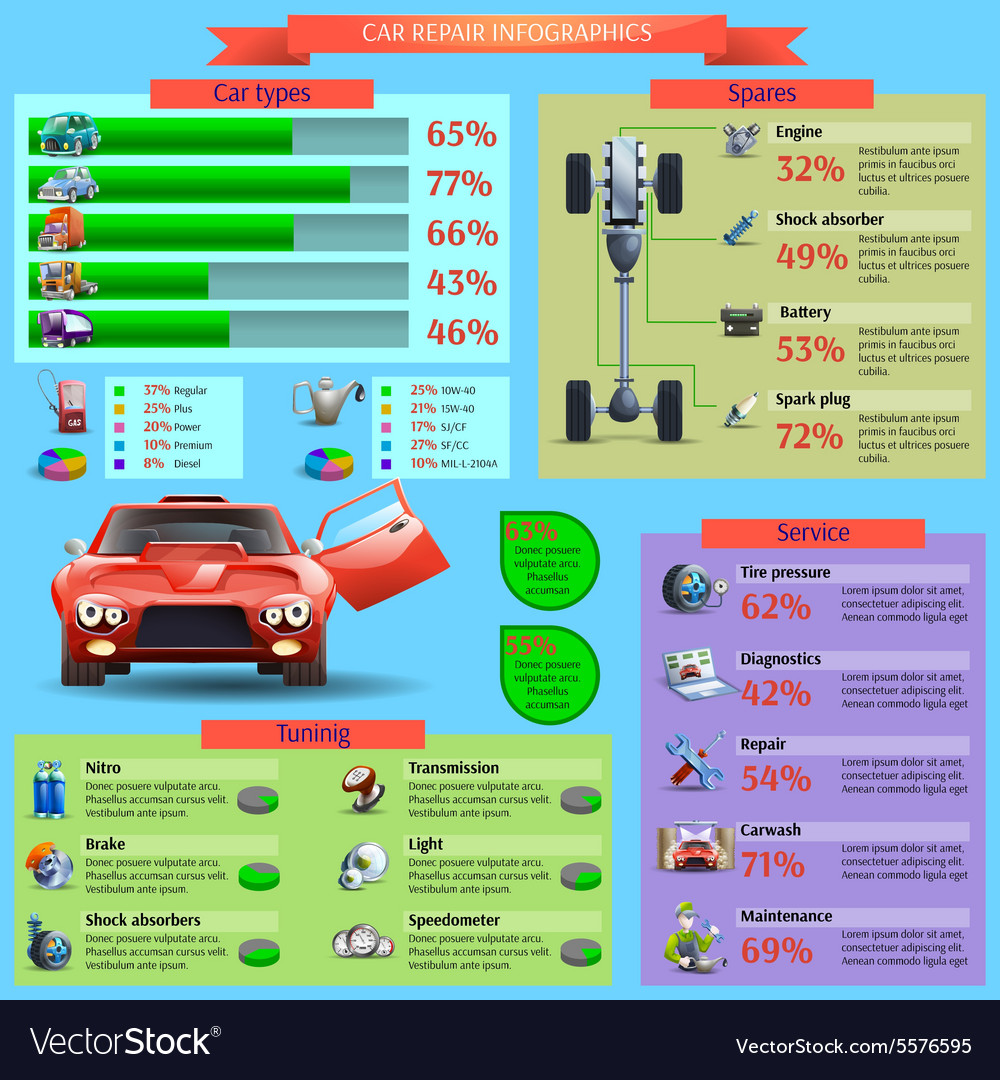Examining Your Cars And Truck'S Warning Indicators: What They Really Convey
Examining Your Cars And Truck'S Warning Indicators: What They Really Convey
Blog Article
Article Composed By-Vinson Corbett
When you're behind the wheel, those beautiful caution lights on your dashboard can be a bit perplexing. Do check here understand what they're trying to inform you concerning your auto's health? Comprehending the importance of these lights is essential for your safety and the longevity of your vehicle. So, the following time one of those lights appears, would not you want to understand its message properly and take the essential steps to resolve it?
Common Caution Lighting and Interpretations
Identify usual warning lights in your car and comprehend their definitions to guarantee risk-free driving.
One of the most normal caution lights include the check engine light, which indicates concerns with the engine or discharges system. If this light comes on, it's critical to have your vehicle examined quickly.
auto detailing warning light indicates reduced oil stress, needing prompt attention to prevent engine damage.
A blinking battery light might recommend a damaged charging system, potentially leaving you stranded otherwise dealt with.
The tire stress tracking system (TPMS) light signals you to low tire stress, impacting car stability and gas efficiency. Neglecting this might result in dangerous driving conditions.
The abdominal light indicates a trouble with the anti-lock stopping system, jeopardizing your ability to quit quickly in emergencies.
Lastly, the coolant temperature level advising light warns of engine getting too hot, which can lead to extreme damages if not fixed promptly.
Recognizing these typical caution lights will aid you resolve problems without delay and preserve risk-free driving conditions.
Relevance of Prompt Attention
Comprehending the typical caution lights in your auto is only the initial step; the relevance of immediately addressing these cautions can't be emphasized enough to guarantee your safety when traveling.
When a caution light illuminates on your control panel, it's your vehicle's way of connecting a possible concern that requires attention. Disregarding these cautions can bring about more extreme troubles later on, compromising your security and possibly costing you a lot more out of commission.
Prompt focus to cautioning lights can protect against malfunctions and accidents. For example, a blinking check engine light can indicate a misfire that, if left neglected, can create damage to the catalytic converter. Resolving this quickly can conserve you from an expensive repair.
Likewise, a brake system advising light may signify reduced brake liquid or worn brake pads, vital parts for your security when driving.
DIY Troubleshooting Tips
If you notice a warning light on your dashboard, there are a few do it yourself repairing pointers you can try prior to looking for expert help.
The very first step is to consult your automobile's guidebook to understand what the details warning light indicates. Occasionally the concern can be as straightforward as a loose gas cap causing the check engine light. Tightening up the gas cap might deal with the trouble.
Another usual issue is a reduced battery, which can cause numerous advising lights. Inspecting the battery links for corrosion and ensuring they're safe and secure could deal with the problem.
If a caution light continues, you can attempt resetting it by disconnecting the vehicle's battery for a few mins and afterwards reconnecting it. In car paint correction , inspecting your car's fluid degrees, such as oil, coolant, and brake fluid, can assist fix cautioning lights connected to these systems.
Final thought
In conclusion, understanding your vehicle's caution lights is crucial for keeping your vehicle running efficiently and securely. By without delay dealing with these alerts and understanding what they suggest, you can avoid costly repair work and prospective breakdowns.
Remember to consult your cars and truck's handbook for certain information on each warning light and act appropriately to guarantee a trouble-free driving experience.
Keep educated, stay safe on the road!
